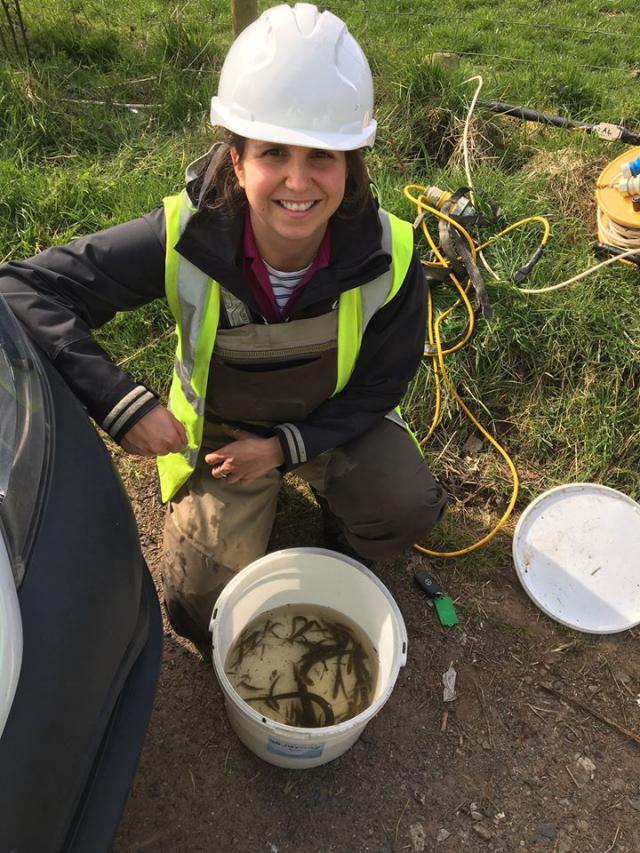Latest News
Completion of the Saving the Sparling Project - phase 1
The two-year project aimed at increasing awareness about sparling has come to an end. The project was designed to be delivered by two interns, the second of which Courtney Rowland reflects on her time on the project.
Smolt sampling on the Bladnoch
GFT are presently sampling smolts caught in a fyke net at the inflow to Torhouse Fish Farm on the lower River Bladnoch. The fyke net also helps provide data on various other fish species within the Bladnoch catchment.
Temperature loggers downloaded this month
GFT are currently in the process of downloading data from temperature loggers which are in 20 sites across the river Bladnoch. The data gets downloaded twice a year; once in April and once in October.

